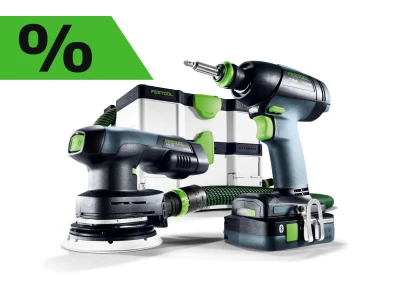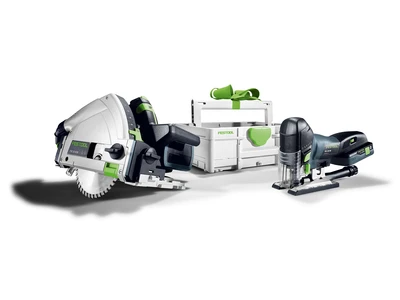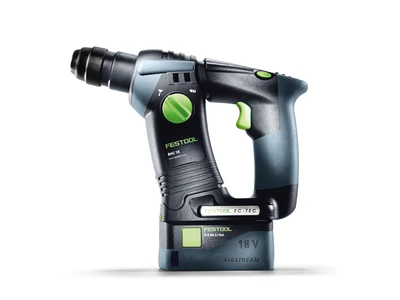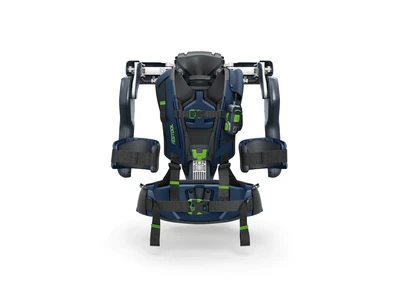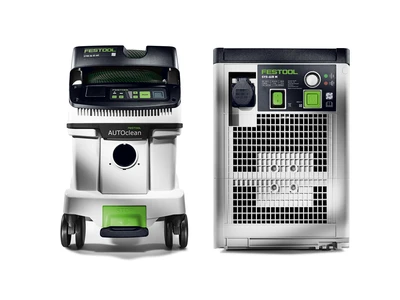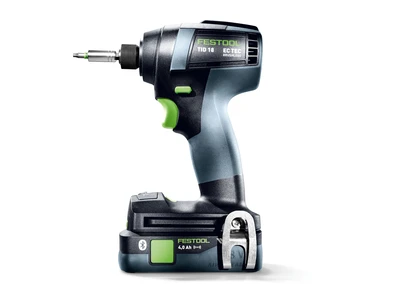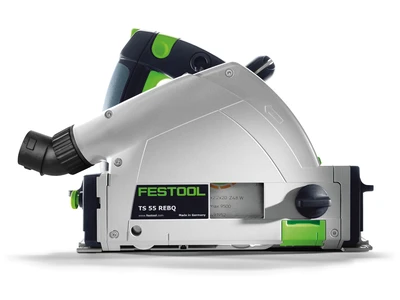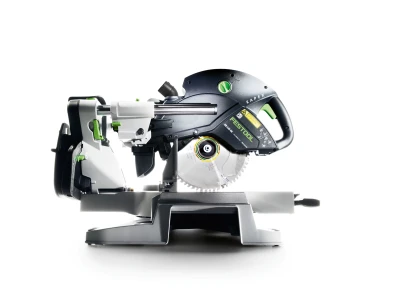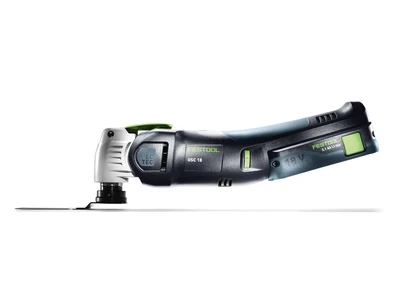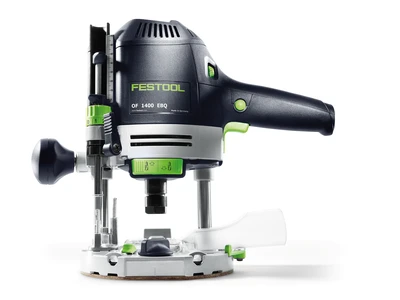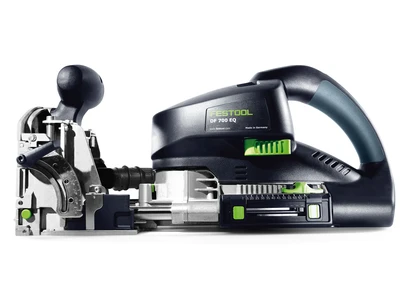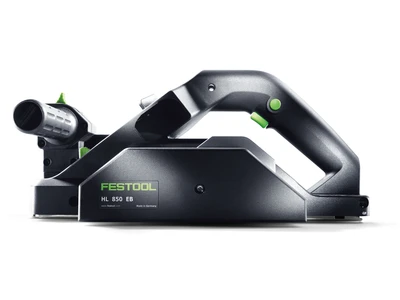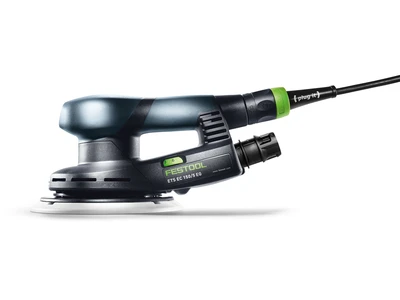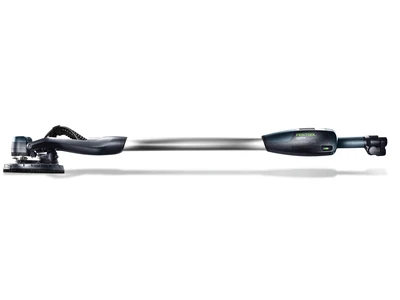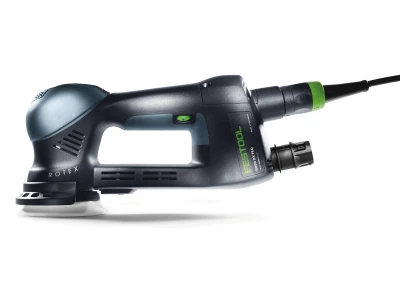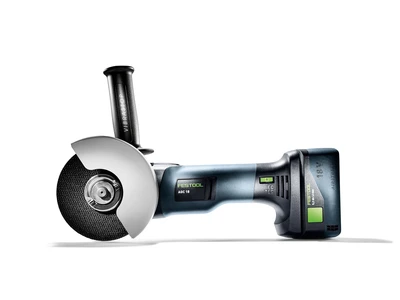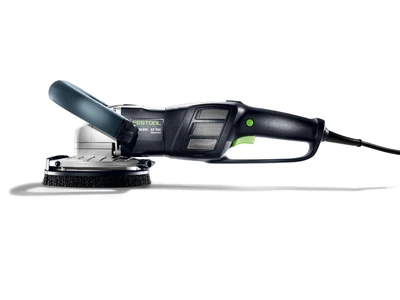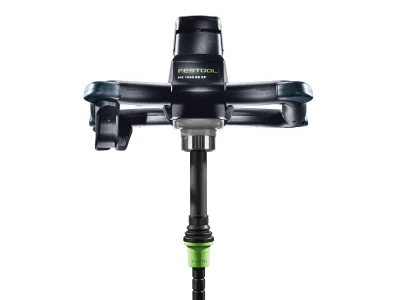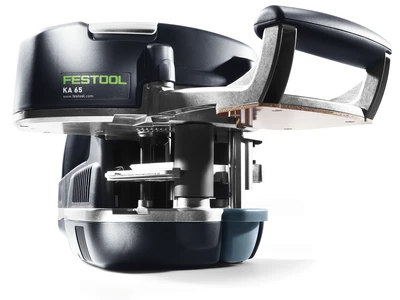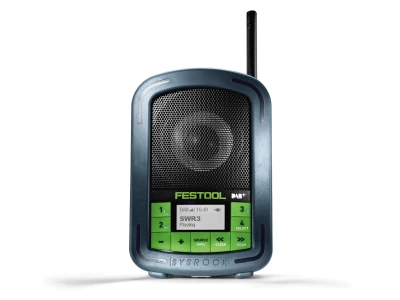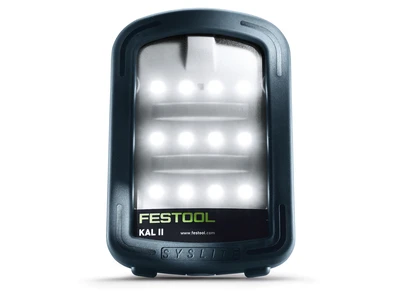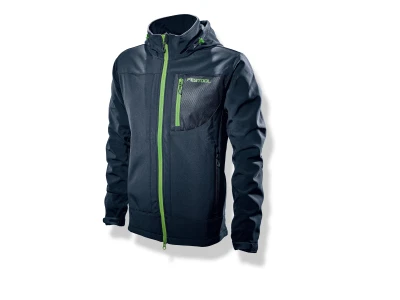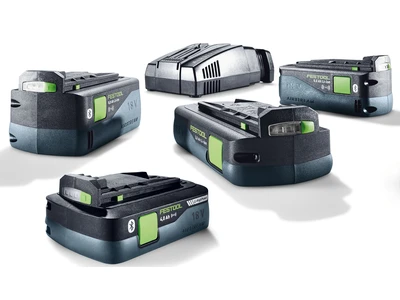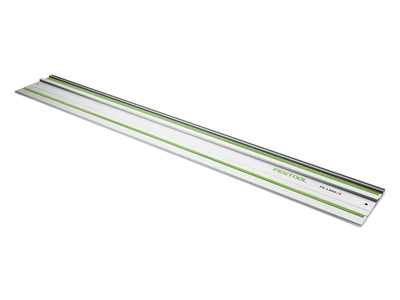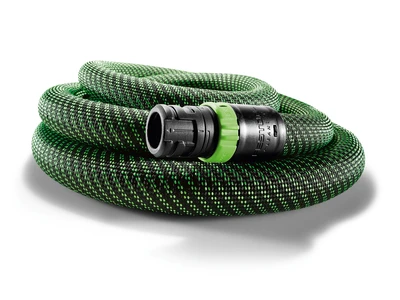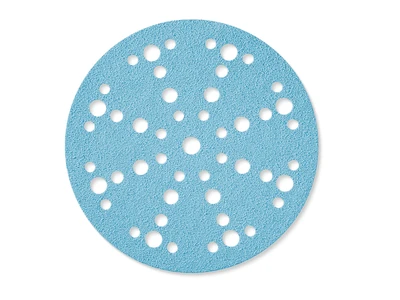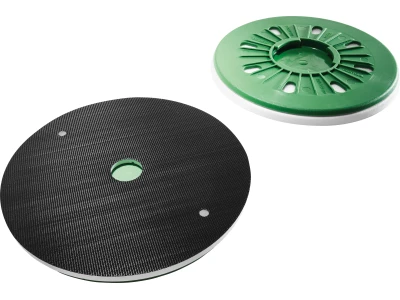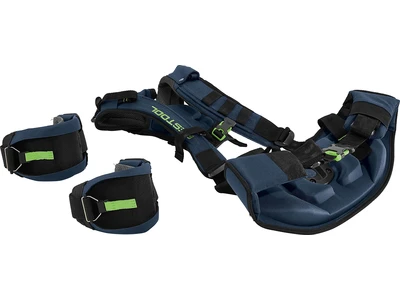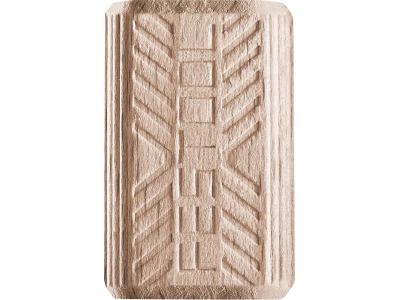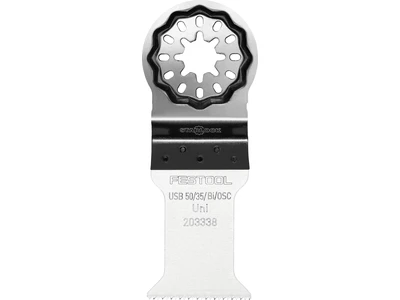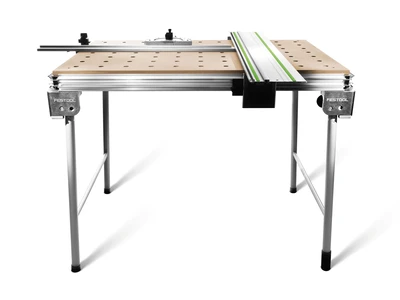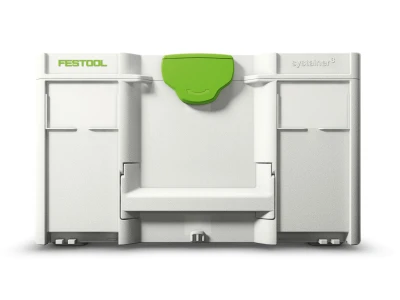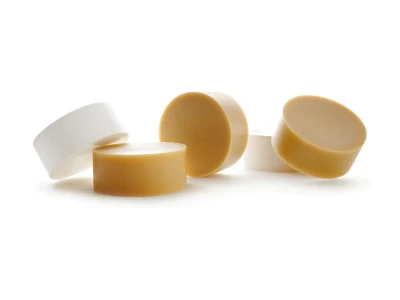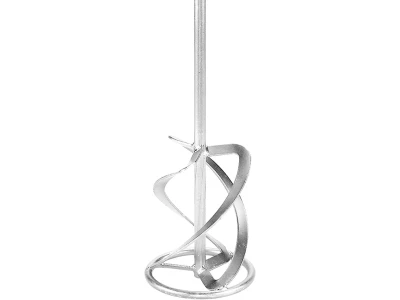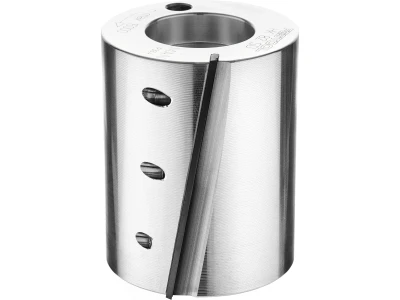
The future at Festool
Ground-breaking: Production in perfect harmony.

The intensive planning process was absolutely crucial. We wanted to ensure that production layouts and material flows were optimal, processes were digitalised in a sensible way, quality standards were defined, work processes were efficient and workplaces were as comfortable as possible, says Manuel Ohmayer. "We took the initial idea and formulated requirements, then sketched out and considered various solutions," explains Lutz Heimann. In the end, they came up with a concept that perfectly combines logistics, infrastructure, transport and supply. The entire process was very constructive, the architect recalls, because everyone had the same goal: "To create a forward-looking plant with state-of-the-art production technology, which is sustainable and will still be modern even in 10 years' time."









Sustainable: Working with a positive energy footprint.
The result – and this much we can say already – is impressive. What you can't see from the outside (or even from above) is the building's positive energy footprint. The photovoltaic system on the roof plays a crucial role in this: Ultra-efficient, state-of-the-art PV modules generate power of 600 kWp. "Thanks to this system, we basically power our production facilities with our own electricity," says a delighted Lutz Heimann. A modern heat pump and cooling system provides heating in the winter and cooling in the summer. The waste heat from the compressors is also used to heat the building.
*Commercial plant manager Michaela Hammer and plant manager Manuel Ohmayer (middle) with architect Lutz Heimann on the roof of the building.

"The new building in Weilheim gives us the extra space that we urgently need for sustained growth," says Manuel Ohmayer. The commitment to the location and to quality that this new investment demonstrates is at least as important, if not more so. For the company. For employees. And for customers.

Made in Weilheim
Total area: 10,000 m²
Height: Approx. 12 m
Length: Approx. 100 m
Investment volume: 16.5 m EUR
Construction time: 18 months
Output of the photovoltaic system: 600 kWp
Number of employees: Approx. 400


